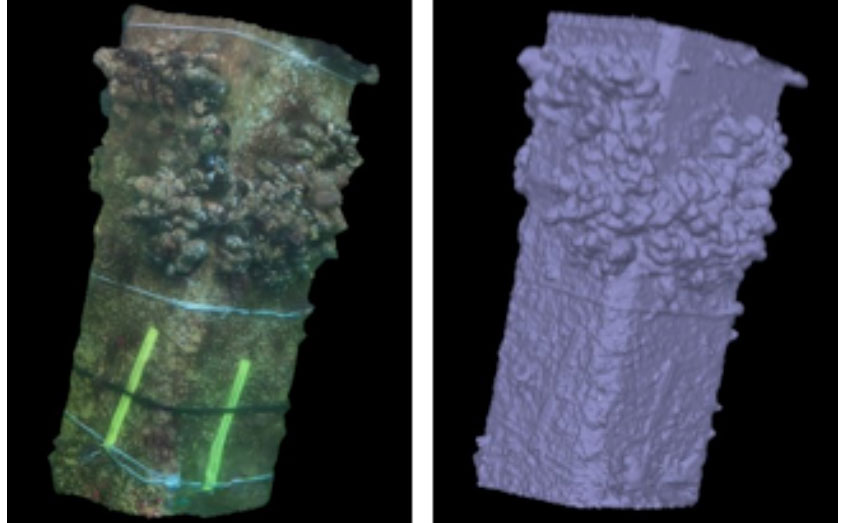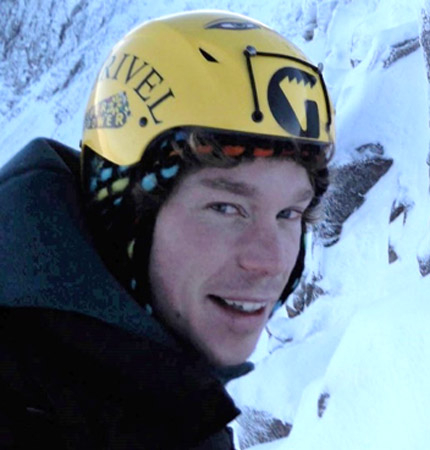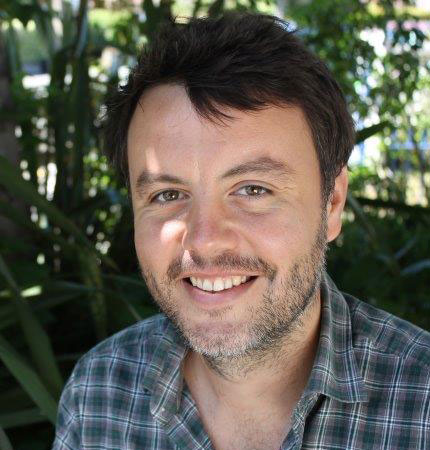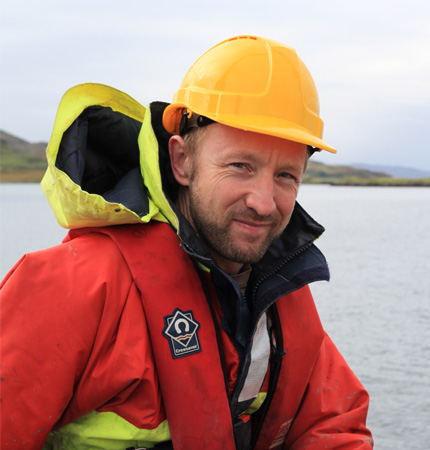North Sea 3D
Project overview
Anthropogenic structures are deployed in marine environments to support industrial activities such as oil/electricity production. Sessile marine organisms rapidly colonise offshore structures, in turn attracting mobile invertebrates, fish and top predators. These ‘artificial reef’ communities deliver ecosystem services, including water filtration, carbon sequestration and fisheries. Colonisation of structures has been studied at local scales, but the role of artificial reefs in regional processes and ecosystems, where structures may constitute a significant proportion of total hard substrata, remains poorly understood. The increasing number of man-made structures in marine ecosystems, termed ‘ocean sprawl’, may have profound effects on ecosystem processes including the consumption and production of plankton and the spatial distribution of fish, mammals and birds. Understanding these ecosystem-scale effects is an urgent priority for research.
The benthos, including animals and plants (marine growth) growing on man-made structures (MMS), plays a pivotal role driving productivity in marine systems. In order to better understand this role, and the influence of MMS, across complete ecosystems (e.g. North Sea) we need to both identify organisms, and quantify their biomass, rapidly and accurately.
Quantifying species composition and biomass on MMS is not just important for our understanding of the ecological roles of these novel substrates but can also have significant benefits for the operators of these structures. Providing accurate predictions of biological mass and drag on MMS will reduce operational costs by enabling more informed marine-growth removal and disposal planning. Furthermore, this same information can be applied during eventual decommissioning to better inform lifting and towing operations.
Until now, obtaining data on the biomass and identity of taxa associated with offshore structures has been limited by the time/cost constraints of conducting ecological surveys at the necessary spatial scales. However, all offshore energy operators routinely use remotely operated vehicles (ROVs) to collect infrastructure videos for maintenance purposes. The value of this footage, collected over wide spatial and temporal scales, has been recognised for biodiversity assessments, and industry videos have been used to identify associations between infrastructure and commercially-exploited and protected species. However, this video footage has yet to be used to quantify biomass, because bio-volume and taxon-specific density estimates are required to calculate biomass.

Figure 1: A 3D image of mussels on a concrete leg. Once the model is scaled, volume and roughness estimates can be extracted. We train machine learning algorithms to identify organisms from 2D composite and 3D images, determine marine growth volume and then biomass (biomass = biovolume x species specific density).
Project objectives
Objective 1: Generate benthic biomass estimates associated with offshore wind turbines and oil and gas platforms in the North Sea through the application of novel 3D imaging techniques and analysis of existing industry data held (ROV videos of infrastructure).
Objective 2: Train machine-learning algorithms to automatically identify North Sea epifaunal species within video footage. Combine auto-ID with 3D imagining techniques to enable rapid generation of accurate, high-resolution automated faunal identification to deliver a new monitoring tool for industry.
Objective 3: Use the outputs from 1&2 to quantify, using a linear statistical model, the relationship between biomass/identity of marine growth (response variable) and structure type, location, depth and age (predictors, North Sea data)
Objective 4: Use SAMS’ established knowledge exchange pathways to disseminate outputs to the academic community, regulators and the offshore energy industry. Embed new knowledge into current regulatory practices, and work closely with CEFAS to enable incorporation of taxa-specific predicted biomass into the North Sea food-web model.
Role of SAMS on project
Lead academic partner.



